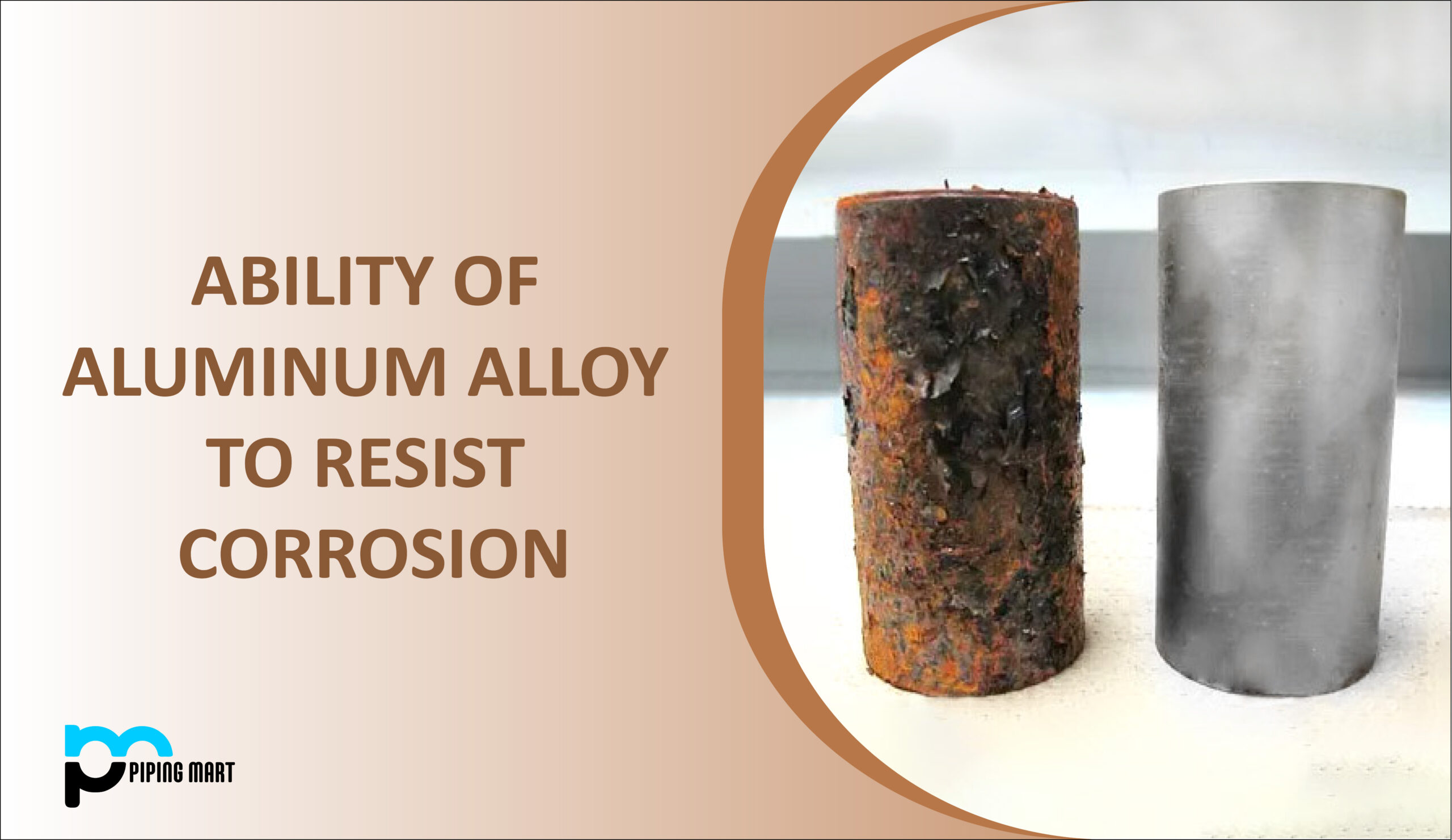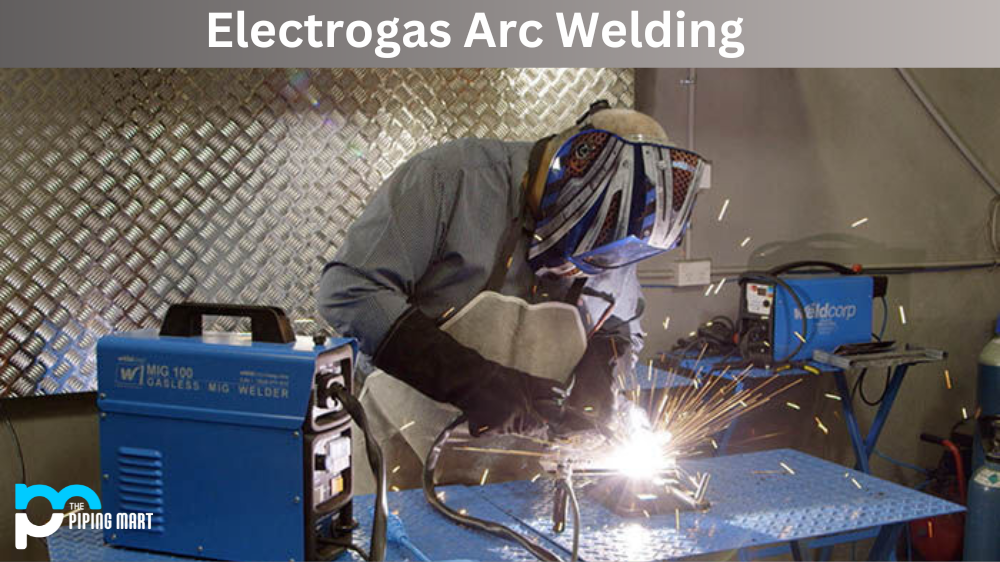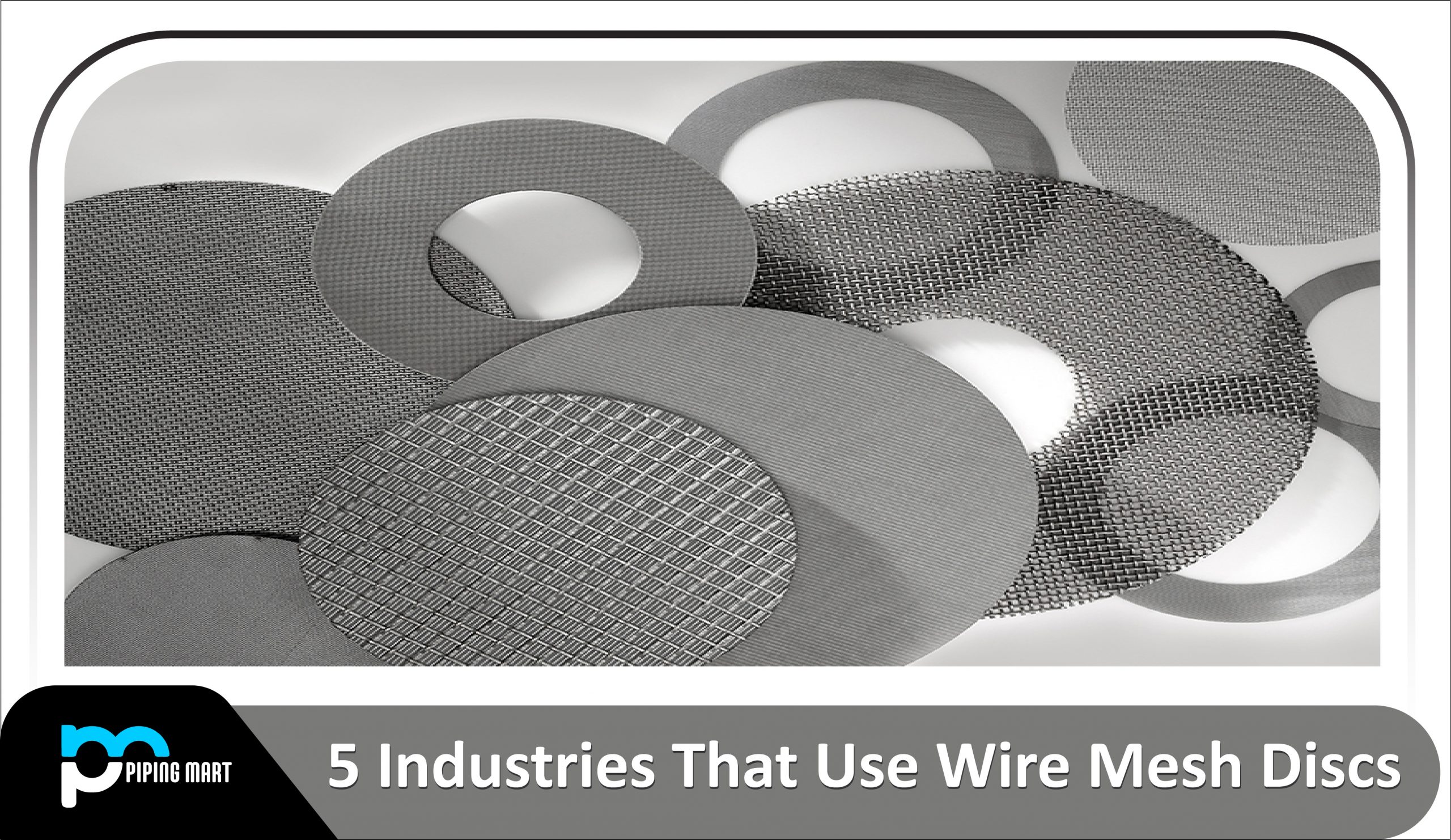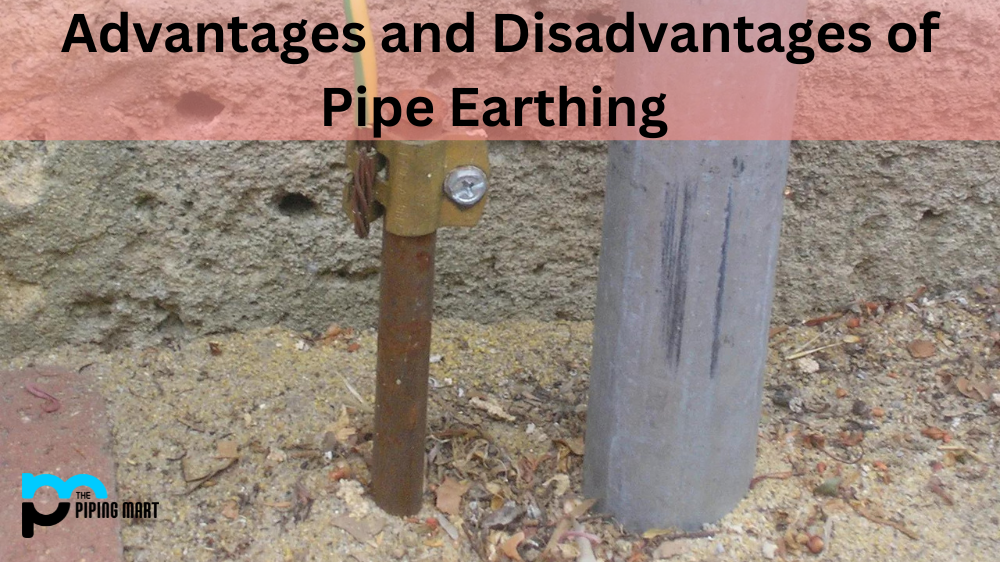What are aluminum and aluminum Alloys?
In structural engineering, aluminum, usually known as Al, is significant; ferrous alloys are used more frequently. Al’s output and consumption are both rising steadily. Al is widely used because of its high strength-to-weight ratio, tensile strength, and, to some extent, corrosion resistance. Al has been a successful metal from a Corrosion standpoint, employed in various applications ranging from commodity functions to structural components of airplanes. Numerous Al alloys can be successfully used in environmental or atmospheric settings in their traditional form, allowing the corrosion protection industry to concentrate on meeting market needs in applications requiring higher performance levels.
Due to the creation of a barrier oxide coating tightly linked to its surface (the passive layer) that, if broken, quickly reforms in most conditions or re-passivates, relatively pure aluminum exhibits good corrosion resistance. Excellent pitting resistance is provided by this protective oxide layer’s exceptional stability in nearly neutral solutions of the majority of non-halide salts.
Nevertheless, aluminum is prone to pitting Corrosion in solutions in the open atmosphere that contain halide ions Cl- being the most typical. This happens because the metal is easily polarised to its pitting potential in oxygen and because chlorides help generate soluble chlorinated aluminum hydroxide, which prevents a stable oxide from forming on the aluminum surface.
Even when Al is present in intermetallic (IM) particles or a solid solution, aluminum and its alloys quickly oxidize. However, the surfaces of industrial alloys frequently exhibit the same heterogeneity as their underlying microstructures. A wrought or cast alloy’s character is likely to have more than just aluminum oxide; for example, alloys high in magnesium may contain a small amount of mixed Al-Mg oxide. This is mainly because magnesium has a high heat of segregation and a favorable free energy for producing oxides. However, the surface oxide is relatively protective if an Al surface remains mechanically unaltered.
Properties of aluminum Alloy
By selecting an alloy, a temper, and a manufacturing technique, aluminum offers a wide range of qualities that may be precisely designed to meet the requirements of specific applications. The following are some of the characteristics of aluminum and its alloys that lead to their widespread use:
- Aluminum is a lightweight material with a density of only a third of that of steel.
- There are several different strengths of aluminum and aluminum alloys, ranging from highly ductile, low-strength commercially pure aluminum to solid, high-strength alloys with ultimate tensile strengths close to 690 MPa (100 ksi).
- The strength-to-weight ratio of aluminum alloys is high.
- Aluminum is frequently utilized in cryogenic applications because it maintains its strength at low temperatures.
- Under most service conditions, aluminum has excellent corrosion resistance, and no colored salts are created to stain surrounding surfaces or change the color of objects it comes into contact with.
- Excellent at conducting both heat and electricity is aluminum.
- Aluminum is a very reflective material.
- The no-ferromagnetic nature of aluminum is a crucial characteristic in the electrical and electronic sectors.
- Aluminum is not pyrophoric, crucial in applications involving handling or exposure to flammable or explosive materials
- Aluminum is frequently used in food and beverage containers because it is harmless.
- The natural finish of aluminum, which can be either soft and glossy or brilliant and shining, has a pleasing appearance. Almost any hue or texture is possible.
- Aluminum may be recycled. With its high scrap value and established recycling industry, aluminum has advantages for the economy and the environment.
- Aluminum is simple to manufacture. All basic metalworking and joining techniques can be used to form and produce aluminum.
Different Series of aluminum Alloy
1xxx series of alloys: Aluminum’s corrosion resistance rises as metal purity rises. However, applications that need extremely high corrosion resistance or flexibility are often the only ones that use grades with a purity of >99.8%. However, there are very few applications for these specialized applications. As a result, alloys from the 1xxx family are rarely utilized or sold, but they serve as an important feedstock to secondary alloy producers and production). When general-purpose alloys are needed for gently stressed applications, they are about 99% pure aluminum and provide sufficient corrosion resistance in almost neutral situations. 1xxx is also occasionally used for cladding; for instance, AA1230 is clad on AA2024.
Commercially pure aluminum is grade 1100. It is widely used in chemical and food processing and has good corrosion resistance. It is a soft, malleable metal with outstanding workability in all other respects. Alloy 1100 is commonly used in applications that call for shaping. It cannot be heat treated, yet it can be welded using any technique.
2xxx series alloys: Due to its notable solubility and ability to significantly strengthen an alloy by promoting age hardening, the Al-Cu system was the first and most well-known age hardening system copper is one of the most popular alloying additions. For example, the alloy AA2024 (Al-4.4Cu-1.5Mg-0.8Mn), still used in many applications today, was the basis for the modern aerospace construction industry and, depending on its temper, can achieve strengths above 500MPa.
3xxx series alloys: The widely used 3xxx series alloys are a standard product often offered in thin sheet form (for beverage can-use usage). Manganese, the principal alloying element, has a relatively limited solubility in aluminum, but it can increase corrosion resistance when kept in a solid solution. The non-heat treatable wrought alloys with strong corrosion resistance, moderate strength (AA3003 tensile strength 110MPa), and remarkably high formability are built on the foundation of manganese additions of up to roughly 1%.
The most popular aluminum alloy is alloy 3003. It is commercial-grade, pure aluminum that has been strengthened by 20% due to the inclusion of manganese and Copper. Additionally, it is workable, has excellent corrosion resistance, and may be drawn, spun, or brazed.
5xxx series alloys: Magnesium has a sizable solubility in aluminum and imparts sizable solid solution strengthening, both of which can help improve the work hardening features. The alloys of the 5xxx series do not age harden. The 5xxx series alloys have good corrosion resistance in theory. Because of their solid mechanical characteristics, they are perfect for use as structural materials in harsh environments like those found in naval vessels. The significant dislocation density (as well as the supersaturation of the solid solution with Mg) may allow the microstructure to become sensitized by precipitation over prolonged high-temperature exposure, which is one corrosion risk with fully work-hardened 5xxx series alloys (i.e. in service).
Because it has the maximum strength of any non-heat-treatable grade, 5052 is also a highly well-liked alloy. It is particularly prevalent in marine and saltwater environments due to its corrosion resistance. Excellent workability makes it simple to sketch or mold into intricate shapes.
6xxx series alloys: Since silicon additives can reduce aluminum’s melting point while boosting fluidity, the bulk of cast aluminum products incorporates Si in varying proportions. Although they are becoming more critical as automobile engine and drive train components, these alloys have not yet captured the lion’s market share. Most structural materials are heat-treatable Al, Mg, and Si, all of which are weldable and have exceptional resistance to Corrosion. 6xxx series alloys are now primarily used in an extruded form. However, more sheet is being created.
Magnesium and silicon additions are made to develop alloys in proportionate ratios, or extra silicon additions are made more than necessary. The strength of aged alloys with excess silicon and magnesium increases.
Alloy 6061 is the most adaptable heat-treatable alloy in terms of corrosion resistance, annealed workability, and weldability. Alloy 6061 is used in goods and applications that need a trinity of attractiveness, improved corrosion resistance, and strength.
Alloy 6063:Due to its high tensile strength, excellent finishing, and high corrosion-resistant qualities, 6063 is frequently used in architecture. Six thousand sixty-three can be seen in architectural settings and trims both indoors and outside. It undergoes frequent anodizing.
7xxx series alloys: The Al-Zn-Mg alloy system offers a variety of commercial compositions, mainly in situations where strength is a crucial need and can be met without being overly expensive or requiring complicated alloying. Al-Zn-Mg-Cu alloys have historically had the highest potential for age hardening; nevertheless, until their increased vulnerability to stress corrosion cracking could be mitigated, such alloys were not acceptable for commercial usage.
The precipitation and its precursor forms provide the high-strength 7xxx series alloys with their strength. The heat treatment of the alloys in the 7xxx series is complicated, involving a variety of heat treatments that aim to balance strength and stress corrosion cracking performance, including secondary heat treatments that can include reversion and re-aging.
8xxx series alloys: The 8xxx series alloys, which are nominally reserved for various alloys, include several alloys that contain lithium (Li). Due to the potential for extensive use in aerospace applications, research and development have accelerated for these alloys with high specific strength and stiffness. Modern airplanes are made up of Al-Li-based alloys from current generations, which are now known as 2xxx alloys because they contain low Li levels and are impressively lightweight. Regarding intergranular Corrosion, the first-generation Li-containing alloys had some of the highest corrosion rates of any aluminum alloy. Modern Al-Cu-Li appears to have overcome this obstacle. Still, it’s also critical to acknowledge that manufacturing calls for specialized melting and casting processes that are now unavailable in most commercial facilities.
Corrosion Resistance of Aluminum Alloy:
Aluminum is alloyed with various elements to improve its mechanical qualities, which is the main objective. These components alter the microstructure by introducing heterogeneity, the primary factor in localized Corrosion that starts as pitting. Each alloying element has a distinct impact on the Corrosion of aluminum.
- Magnesium: One of the main elements added to Al to increase mechanical qualities by solid solution strengthening is Mg, which is present in commercial alloys like 2xxx, 3xxx, 6xxx, and 7xxx. Mg has a high solubility in Al, helps stabilize GP zones, and reduces alloy density. According to the standard potentials of Al and Mg, Mg does not significantly affect the pitting Corrosion of Al when it is present in a solid solution. Furthermore, Mg increases corrosion resistance by increasing the rate at which the cathodic reaction occurs when it is in a reliable solution. This effect may seem counterintuitive, but it is relatively straightforward. However, Mg produces precipitates with the other alloying elements in 2xxx, 6xxx, and 7xxx alloys to strengthen the alloy, where Mg’s involvement primarily depends on the other alloying additions.
- Silicon: Particles can precipitate when Si and Mg are added, typical in alloys from the 6xxx range of aluminum. Although this article improves strength, it also makes the alloy more susceptible to localized Corrosion. Recent research on the electrochemical behavior of magnesium and silicon alloy revealed that it continues to be more “anodic” (i.e., less noble) than the matrix in Al-alloys. As a result, Mg2Si maintains its anodic state and experiences selective dissolution in the Al-matrix. Some of the many 6xxx series alloys have too much silicon. However, too much Si speeds up the cathodic reaction rate, which is undesirable since it frequently occurs at the grain boundary and can result in intergranular Corrosion and stress corrosion cracking.
- Copper: Due to the development of cathodic particles that can effectively and locally sustain the cathodic process, Cu’s presence is considered harmful to Corrosion. Cu has a negligible effect in some applications where low Cu content is employed. Still, since Corrosion is typically not the primary alloy design criterion, Cu is a frequent component of most Al-alloys. The 2xxx series alloys are Cu-rich, although Cu is added to other alloy classes, such as the 6xxx series, which can improve precipitation hardening and increase strength when present in trace levels. The same is true for 7xxx alloys, with most contemporary aerospace alloys containing sizable quantities of Cu that can alter precipitation to improve strength.
- Zinc: As those in the 7xxx family, commercial aluminum alloys with high strength have Zn added to promote precipitation hardening. The current aerospace alloys 7050 and 7150, which contain high levels of Zn, are among the strongest Al-alloys due to the high density of residues, which are equally distributed all through the Al matrix in 5xxx alloys. Zn can stimulate the production of Al-Mg-Zn, and it has been claimed that adding Zn to Al-Mg alloys can increase their resistance to SCC. A tiny quantity of Zn added to the alloy AA5083 was found to minimize Corrosion.
- Iron: All commercial aluminum alloys often contain Iron as an impurity due to how aluminum alloys are made. Even with aluminum intended for aerospace uses, it is simply too costly to eliminate all Iron unless expressly required for specialized applications. Iron is harmful to Corrosion despite making up a minor portion of the composition because of its poor solubility and capacity to produce component particles. Additionally, Iron is more effective than Al at maintaining cathodic reactions. Fe can combine with other alloying elements like Mn or Cu in more complicated alloys, which is also a big problem for Corrosion because the combination of Fe and Cu offers even greater cathodic efficiency for these particles.
- Manganese: Mn can replace Fe in intermetallic particles, making the resulting constituent particle somewhat less noble, which is beneficial in changing Fe-containing intermetallic particles and reducing the susceptibility to the pitting of Al alloys. It has been discovered that the presence of Mn lowers the concentration of Fe and lessens the severity of the ensuing Corrosion. A surplus of Mn, however, has also been reported to boost cathodic activity when solubility limits with components are reached. However, as indicated by the consistent corrosion performance of commercial Al alloy 3xxx, Mn component particles are generally not as harmful as particles rich in Iron or even copper.
Relationship between aluminum Oxidation and Corrosion Resistance:
Ironically, aluminum’s resistance to Corrosion depends heavily on oxidation. Oxygen and aluminum have a strong affinity for one another. A new aluminum surface soon forms a thin, hard film of aluminum oxide or hydrated oxide in non-stagnant water when exposed to air or any other oxidizing agent. The reason aluminum is highly resistant to Corrosion is due to this oxidation.
Chemically, this film is comparatively inert. The inactivity of this surface coating of aluminum or hydrated oxide gives the metal its corrosion resistance. Corrosion happens when this surface film disintegrates; it follows localized injury to the film that prevents it from regenerating itself.
The pH range for this surface coating is typically between 4.5 and 8. Depending on the environment, the film can also maintain its stability in nitric acid at pH 0, glacial acetic acid at pH 3, or ammonium hydroxide at pH 13. Most potent acids and bases can dissolve the oxide coating, in which case the aluminum will rust quickly.
Aluminum will corrode under specific circumstances, just as any typical architectural and structural material. This is more likely to happen when the incorrect alloy is used for tasks or applications. Knowing the following is crucial for using aluminum effectively:
- The circumstances in which Corrosion will happen
- The type and rate of Corrosion,
- Any preventative steps that can be done
Applications of aluminum Alloy:
Good strength and high corrosion resistance are both required in the aerospace sector. Because of this, the 2xxx and 7xxx types of aluminum are often the only ones used in the aircraft sector. Alclad liners, made of pure aluminum and alloyed to the stronger aluminum alloy beneath, allow us to avoid the reduced corrosion resistance of alloyed aluminum in these series. Pure aluminum gives the aircraft corrosion resistance without sacrificing the structural metal’s strength.
Alloy 2011, also referred to as Free Machining Alloy (FMA), is used to make intricate and complex pieces because of its high mechanical strength and superior machining. Fine chips will be produced during the high-speed machining of this alloy, but they are simple to remove.
Copper-based alloy 2014 has exceptionally high strength and excellent machining. Due to its outstanding corrosion resistance, it is utilized in numerous structural aircraft applications.
Due to its exceptional fatigue resistance and combination of high strength, alloy 2024 is widely employed. It can be found in items that need to have an excellent strength-to-weight ratio.
However, because of its poor corrosion resistance, one might frequently encounter it either with an anodized surface or with Alclad. Alloy 7075 is considered one of the strongest aluminum alloys available, ranking among all the others. It is utilized in sections that may experience extreme stress and has a similar strength-to-weight ratio to 20:24. If necessary, 7075 can be created by being annealed and then heat-treated.
How to stop aluminum Corrosion?
Aluminum oxidation cannot be prevented because of how easily it binds with oxygen. However, aluminum corrosion can be a significant issue. To stop aluminum from corroding, think about the following:
The correct alloy must be chosen first since some alloys, including 5052 and 3003, are more corrosion-resistant than others. Read more about the variations between 5052 and 3003 here. The most outstanding corrosion resistance is provided by 1xxx, 3xxx, and 5xxx.
One should think of the alclad liners used frequently in the aircraft sector.
Putting a barrier coat on Reducing Galvanic Corrosion’s impact. Placing two incompatible metals, such as aluminum and steel, results in galvanic Corrosion.
Three protective coatings are often suitable for aluminum: anodizing, powder coating, or even paint. In case galvanic Corrosion is a concern, looking for paint or powder coatings with a high electrical resistance is suggested.
A nice finish is produced by the surface oxidation process known as anodizing. However, it is not suitable for bigger fabrications. Boaters commonly use a sacrificial zinc anode. It requires frequent replacement since it erodes more quickly than aluminum, virtually sacrificing itself.
If one chooses the coating strategy, it is essential to remember that any damage will require rapid treatment. If one leaves some aluminum exposed, Corrosion might acquire a foothold.

Pipingmart is B2B portal specializes in industrial, metal and piping products. Also, share latest information and news related to products, materials and different types grades to help business dealing in this industry.




